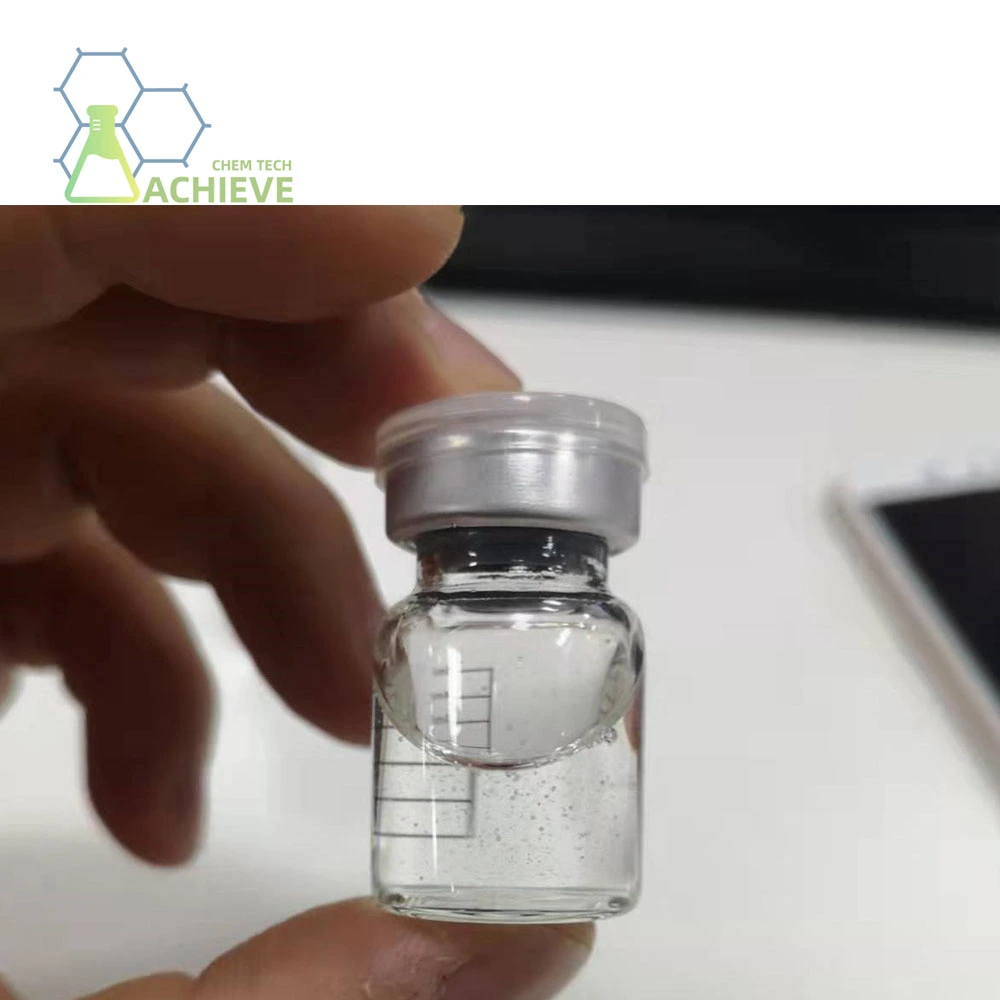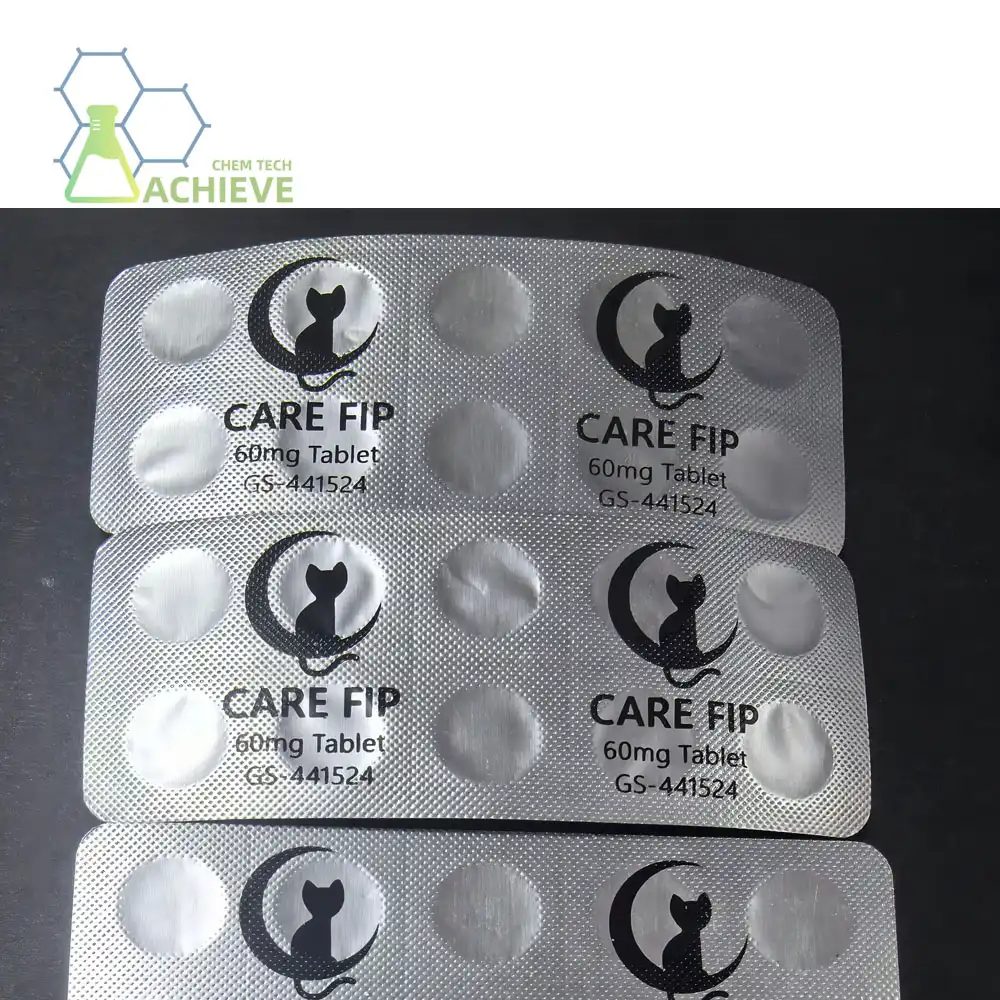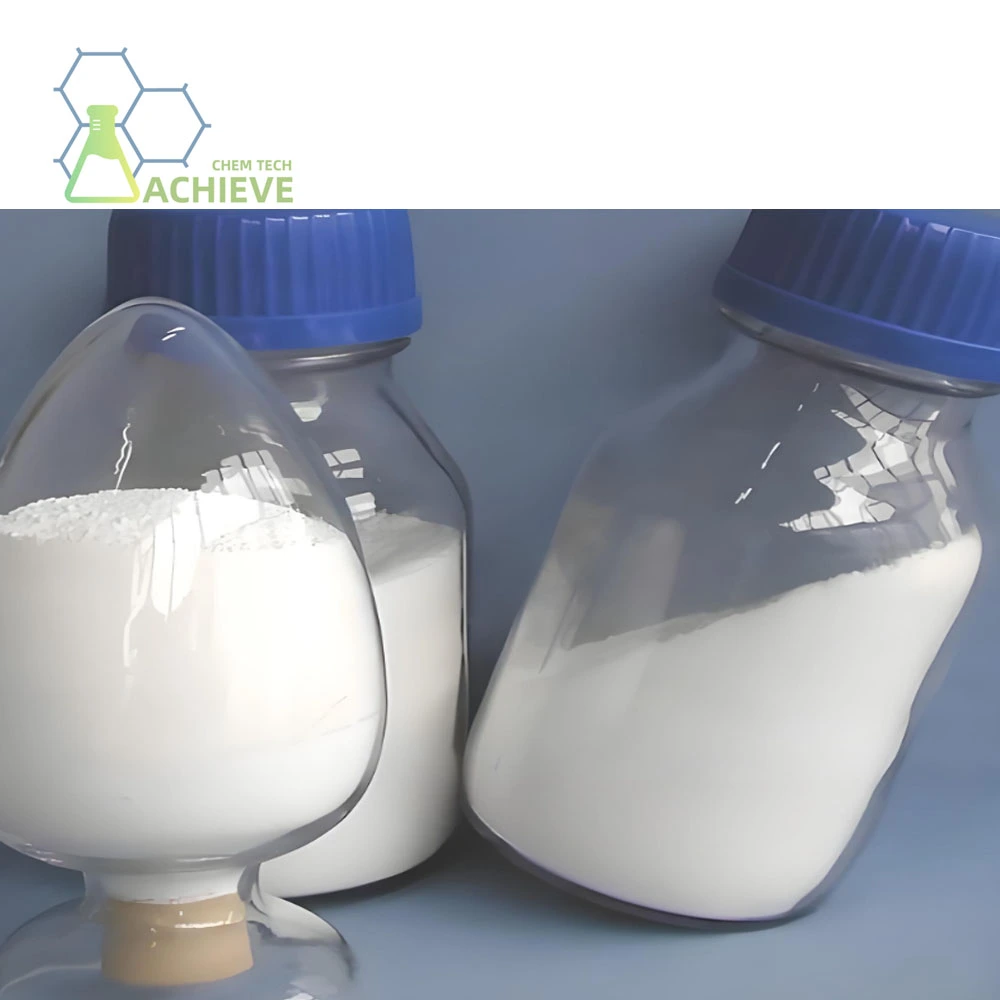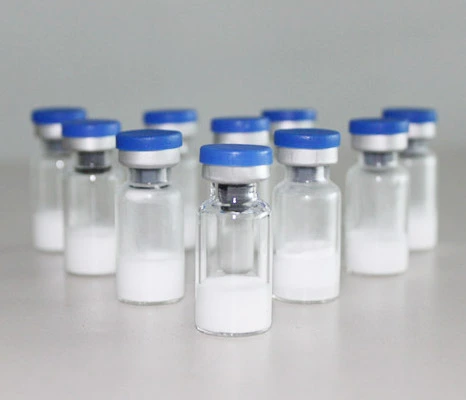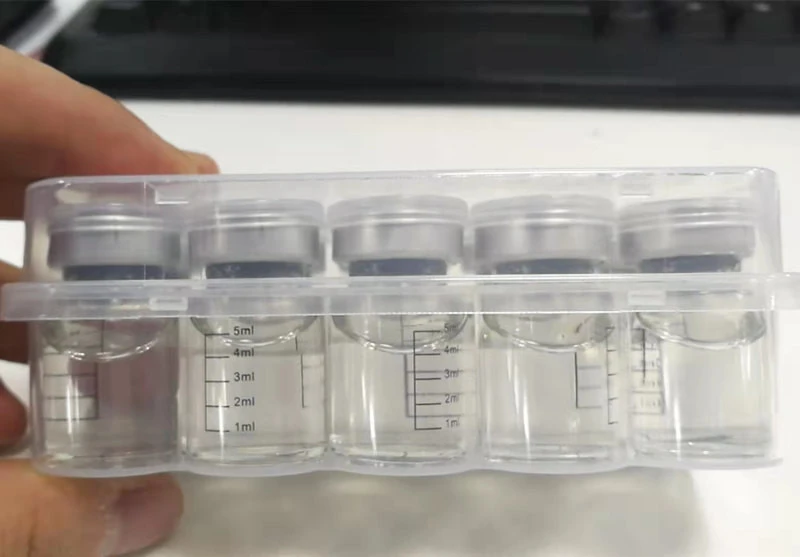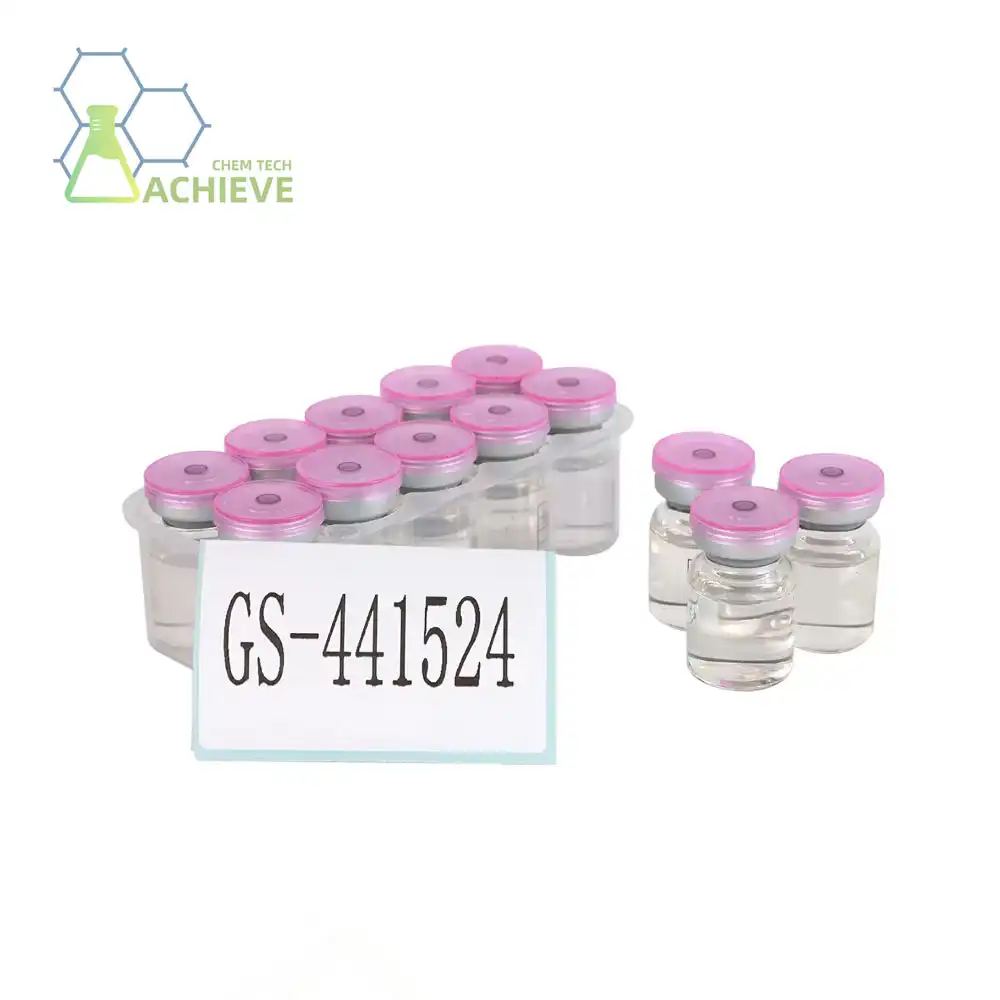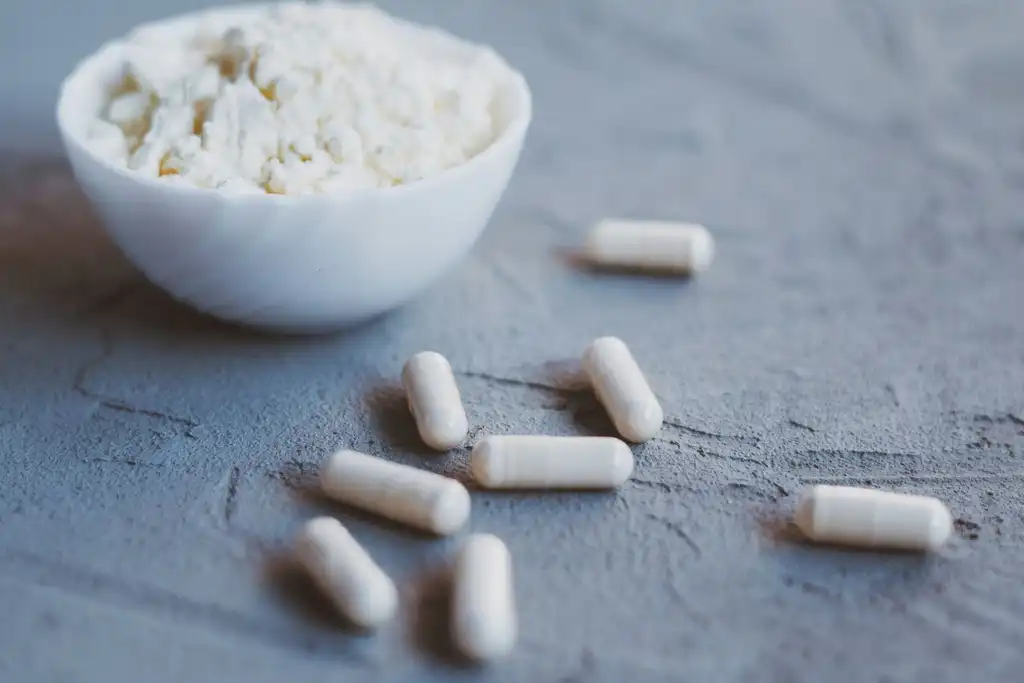What is the therapeutic effect of GS-441524 injection?
Feline Infectious Peritonitis (FIP) has long been considered a fatal disease in cats, but recent advancements in antiviral therapies have brought hope to pet owners and veterinarians alike. The GS 441524 injection has emerged as a groundbreaking treatment option, offering remarkable therapeutic effects for cats diagnosed with FIP. In this comprehensive guide, we'll explore the efficacy of this revolutionary drug and its impact on feline health.
Product:https://www.bloomtechz.com/oem-odm/injection/gs-441524-injection.html
|
|
|
|
How quickly does GS-441524 injection work for FIP?
The speed at which the GS-441524 treatment takes effect is one of its most impressive features. Many cat owners and veterinarians report noticeable improvements in their feline patients within days of starting the treatment regimen. Here's a breakdown of the typical timeline:
- 24-72 hours: Initial signs of improvement, such as increased appetite and energy levels
- 1-2 weeks: Significant reduction in fever and other clinical symptoms
- 2-4 weeks: Most cats return to normal or near-normal health status
- 8-12 weeks: Complete course of treatment, with many cats achieving full remission
It's important to note that individual responses may vary, and some cats may require longer treatment periods or adjustments in dosage. The rapid onset of action, however, is a hallmark of the GS 441524 drug and provides immense relief to both cats and their owners.
GS-441524 injection efficacy for wet vs. dry FIP
FIP manifests in two primary forms: wet (effusive) and dry (non-effusive). The GS-441524 injection has shown remarkable efficacy in treating both forms of the disease, albeit with some variations in response rates and treatment protocols.
|
|
|
Wet FIP
Cats with wet FIP typically exhibit a faster and more dramatic response to GS 441524 treatment. This is likely due to the drug's ability to quickly reduce inflammation and fluid accumulation in the abdomen or chest. Key observations include:
- Rapid reduction in ascites (abdominal fluid) within 1-2 weeks
- Improvement in respiratory function for cats with pleural effusion
- Quicker normalization of blood parameters, such as albumin and globulin levels
- Higher overall cure rates compared to dry FIP cases
|
|
|
Dry FIP
While dry FIP cases may show a slightly slower initial response, the GS-441524 injection remains highly effective. Treatment considerations for dry FIP include:
- Longer treatment duration may be necessary (12 weeks or more)
- Higher dosages might be required compared to wet FIP cases
- Gradual improvement in clinical signs, such as weight gain and resolution of ocular or neurological symptoms
- Close monitoring of blood work to assess treatment efficacy
Regardless of the FIP form, the GS-441524 injection has revolutionized treatment outcomes, offering hope for cats previously considered untreatable.
Comparing survival rates: GS-441524 vs. traditional FIP treatments
The introduction of GS-441524 as a treatment option for FIP has dramatically altered the landscape of feline medicine. To fully appreciate its impact, it's essential to compare its efficacy with traditional FIP treatments.
Traditional FIP Treatments
Historically, FIP was considered a death sentence for affected cats. Traditional treatments focused on palliative care and included:
- Corticosteroids to reduce inflammation
- Immunosuppressants to modulate the immune response
- Supportive care (fluid therapy, nutritional support)
- Interferon therapy (with limited success)
Survival rates for cats with FIP using these traditional methods were dismal, with nearly 100% mortality within weeks to months of diagnosis.
GS-441524 Treatment Outcomes
The advent of GS-441524 has transformed FIP from a fatal diagnosis to a treatable condition. Recent studies and clinical experiences have shown:
- Overall cure rates exceeding 80% for cats treated with GS-441524
- Survival rates of 88.6% at the end of the initial treatment period
- Long-term survival rates of 84.4% after completion of treatment
- Higher success rates in younger cats and those with uncomplicated FIP
These statistics represent a paradigm shift in FIP treatment, offering unprecedented hope for cats diagnosed with this once-fatal disease.
Factors Influencing Treatment Success
While the GS 441524 injection has demonstrated remarkable efficacy, several factors can influence treatment outcomes:
- Early diagnosis and treatment initiation
- Proper dosing and treatment duration
- Presence of neurological or ocular involvement
- Age of the cat (younger cats tend to respond better)
- Overall health status and presence of comorbidities
Understanding these factors helps veterinarians and cat owners make informed decisions about treatment protocols and set realistic expectations for outcomes.
Long-term Prognosis
The long-term prognosis for cats successfully treated with GS-441524 is generally excellent. Many cats go on to live normal, healthy lives without recurrence of FIP. However, ongoing research is needed to fully understand the long-term implications of treatment and the potential for rare cases of relapse.
Monitoring and Follow-up
Proper monitoring during and after treatment is crucial for ensuring the best possible outcomes. This typically involves:
- Regular blood work to assess hematological and biochemical parameters
- Monitoring of clinical signs and symptoms
- Weight checks and overall health assessments
- Follow-up appointments to ensure complete remission
The thoroughness of post-treatment monitoring contributes significantly to the high success rates observed with GS-441524 therapy.
Potential for Drug Resistance
While rare, there have been reports of partial drug resistance developing in some cats, particularly those with neurological involvement. This underscores the importance of proper dosing and treatment adherence. In cases where resistance is suspected, dosage adjustments or alternative treatment strategies may be necessary.
Impact on Quality of Life
Beyond survival rates, the GS-441524 injection has had a profound impact on the quality of life for treated cats. Many owners report:
- Rapid return to normal behavior and activity levels
- Improved appetite and weight gain
- Resolution of distressing symptoms such as fever and lethargy
- Enhanced overall well-being and happiness
This improvement in quality of life is a significant factor in the emotional and psychological well-being of both cats and their owners.
Accessibility and Future Directions
As awareness of GS-441524's efficacy grows, efforts are underway to improve accessibility to this life-saving treatment. Future directions in FIP treatment may include:
- Development of oral formulations for easier administration
- Continued research into optimal dosing protocols
- Exploration of combination therapies to enhance efficacy
- Investigations into preventive strategies for high-risk cats
These advancements promise to further improve outcomes for cats diagnosed with FIP and potentially prevent the disease in susceptible populations.
Conclusion
The therapeutic effect of the GS 441524 injection for FIP treatment represents a monumental leap forward in feline medicine. With its rapid onset of action, high efficacy rates, and ability to treat both wet and dry forms of FIP, GS-441524 has transformed a once-fatal diagnosis into a manageable and often curable condition. The stark contrast in survival rates between traditional treatments and GS-441524 therapy underscores the revolutionary nature of this drug.
As research continues and clinical experience grows, the future looks increasingly bright for cats affected by FIP. The GS-441524 injection not only saves lives but also restores hope to countless cat owners and veterinarians who previously faced the heartbreaking reality of FIP diagnoses.
For pharmaceutical companies, research institutions, and veterinary clinics seeking high-quality GS-441524 powder or related compounds, Shaanxi BLOOM TECH Co., Ltd. stands as a leading supplier. With our state-of-the-art GMP-certified production facilities and expertise in complex chemical reactions and purification techniques, we are uniquely positioned to meet the growing demand for this life-saving compound. Whether you're involved in the pharmaceutical industry, specialty chemicals sector, or cutting-edge research, our team is ready to support your needs. To learn more about our GS-441524 powder and other chemical products, please contact us at Sales@bloomtechz.com. Together, we can continue to advance the field of veterinary medicine and improve the lives of cats worldwide.
References
1. Pedersen, N.C., et al. (2019). Efficacy and safety of the nucleoside analog GS-441524 for treatment of cats with naturally occurring feline infectious peritonitis. Journal of Feline Medicine and Surgery, 21(4), 271-281.
2. Murphy, B.G., et al. (2020). Treatment of cats with feline infectious peritonitis with the nucleoside analog GS-441524. Animals, 10(10), 1841.
3. Addie, D.D., et al. (2020). Feline infectious peritonitis. ABCD guidelines on prevention and management. Journal of Feline Medicine and Surgery, 22(11), 1028-1050.
4. Dickinson, P.J., et al. (2020). Antiviral treatment using the adenosine nucleoside analogue GS-441524 in cats with clinically diagnosed neurological feline infectious peritonitis. Journal of Veterinary Internal Medicine, 34(4), 1587-1593.

Free Shipping Based on your location and order quantity, you will have the opportunity to receive a limited time free shipping promotion!

BLOOMTECHZ
